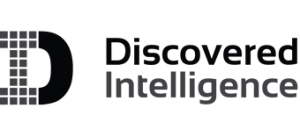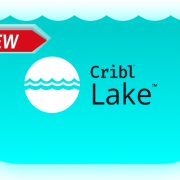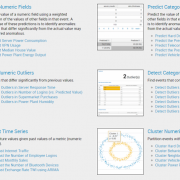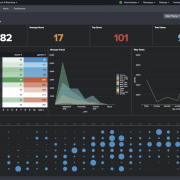Introducing the benefits and features of Cribl Lake
April marked the beginning of a new era for Cribl with the introduction of Cribl Lake, which brings Cribl’s suite of products full circle in the realm of data management. In this post we dive a bit deeper into some of the benefits and features of Cribl Lake.
What is Cribl Lake
Cribl Lake is Cribl’s simplified long-term storage solution. It addresses the challenges of costly and complex data storage requiring specialized technical staff to manage and retrieve the data. This solution makes it easy to store, manage, search/replay the data without cloud expertise.
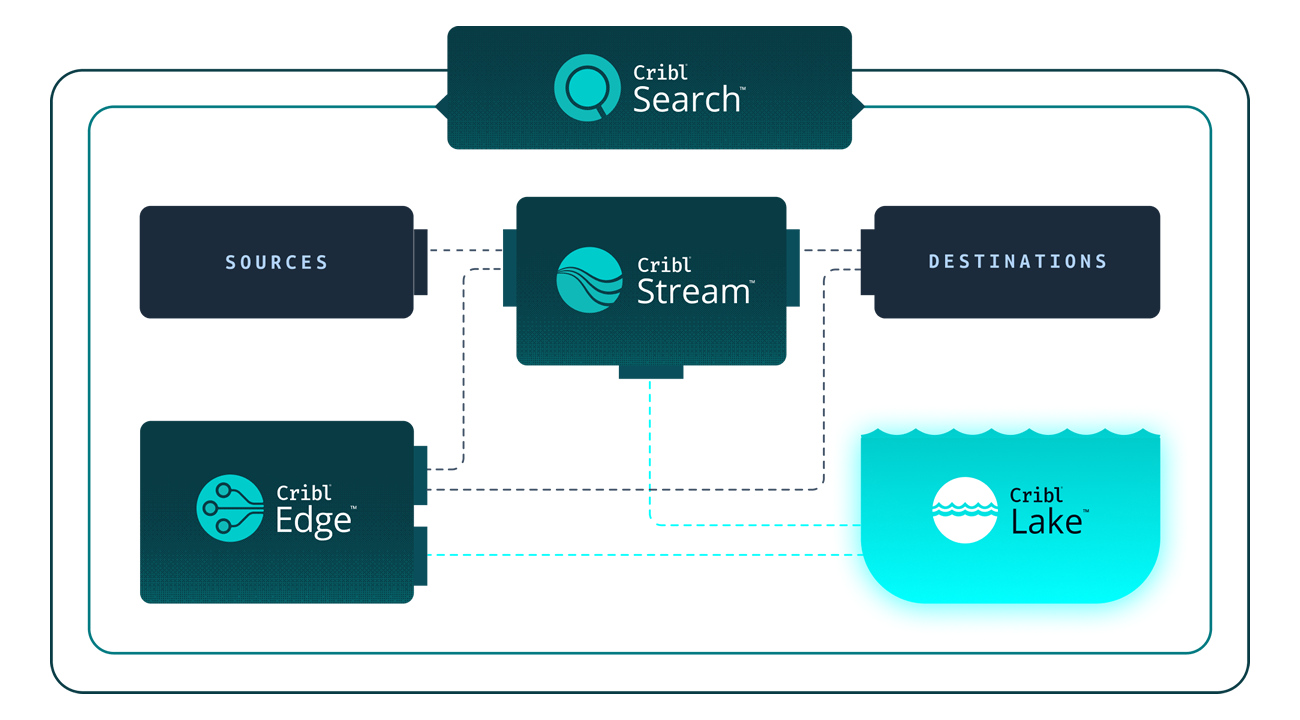
How Cribl Lake fits in within the Cribl ecosystem. Source: https://cribl.io/lake
Key Benefits & Features of Cribl Lake
Low Cost Object Storage
Lake is simple and easy to try out, with the free Cribl Cloud account, up to 50GB of data can be stored. Cribl uses tiered storage options. High value, frequently accessed data is sent to SIEMs and APM tools. Less commonly used data can be kept in the Lake for long-term retention. Lake uses consumption based pricing so you’re only paying for what you use.
No Vendor Lock-In
Data is stored in open formats for flexibility. Data is stored in its original format and can be enriched with more information by using Search. Transforming data to a particular schema only has to be done when you need it.
Quick and Easy Onboarding with Cribl Products
When using Cribl Cloud, you can get started with Lake quite quickly (Cribl boasts less than 30 minutes). Lake leverages open formats with no predefined schemas required. It uses Cribl Search to unify queries regardless of where the data is stored. With Cribl Stream, data can be easily ingested into Lake using the ‘Cribl Lake’ destination. To send data from Cribl Edge to the Lake, use the Cribl Cloud managed workers as an intermediary and then use the ‘Cribl Lake’ destination in Stream to send data to Lake. Data onboarding is simple as it is stored in its original format.
Safe & Secure
Unified retention, security and access control policies across object stores and clouds prevent unauthorized access. By using the Lake instead of S3 buckets you can have unified policy controls rather than setting up security and access controls for each individual bucket. This helps mitigate security risks and data breaches with consistent controls.
Data is encrypted within the Cloud workspace using server-side encryption. The data is encrypted with a unique key, and the key itself is encrypted with a root key that is rotated regularly. It uses 256-bit Advanced Encryption Standard (AES-256, one of the strongest block ciphers.
Configurable Retention
Lake allows for high-fidelity, short-term storage for observability data, and long-term retention of security data.
As data volumes grow and business needs evolve, Lake scales seamlessly to meet changing requirements. Its extensible architecture allows for easy integration with existing data tools and platforms, providing flexibility and future-proofing data operations.
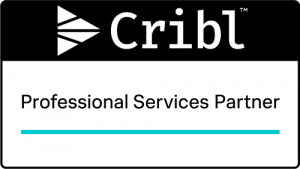
© Discovered Intelligence Inc., 2024. Unauthorized use and/or duplication of this material without express and written permission from this site’s owner is strictly prohibited. Excerpts and links may be used, provided that full and clear credit is given to Discovered Intelligence, with appropriate and specific direction (i.e. a linked URL) to this original content.
